In a previous post, we delved into the physiology of the Nordic hamstring curl, highlighting its comprehensive training of the hamstring muscles through a full range of motion using eccentric, concentric, and isometric muscle contractions. Also known as the inverse leg curl, this exercise emphasizes the use of body weight to target the hamstring muscles effectively.
We noted the high level of effort required to perform a Nordic hamstring curl effectively and the significant benefits it brings to strengthening the posterior chain. Now, let’s explore the concept of exercise intensity further and why it’s crucial for maximizing the effectiveness of your hamstrings.
The Role of Exercise Intensity in Nordic Hamstring Curls for Stronger Hamstring Muscles
Exercise intensity might seem straightforward, but it encompasses more than just the effort put into sweating and breathing hard after a workout. In strength, power, and hypertrophy training, the intensity of each set you perform is pivotal in providing adequate stimulus for your body to adapt—assuming, of course, that you’re performing a sufficient volume of exercise.
High intensity in the context of Nordic hamstring curls means pushing your muscles to near failure, leveraging your body weight to create resistance, which catalyzes adaptations in muscle strength and endurance.

Neuromuscular Recruitment in Nordic Curls
A key component of why Nordic hamstring curls are highly effective is their ability to enhance neuromuscular recruitment. This process involves activating different motor units within a muscle, which are controlled by motor neurons.
In everyday activities, low-threshold motor units are sufficient, but high-threshold motor units kick in during high-intensity actions like lifting heavy objects or sprinting. Training with Nordic hamstring curls routinely challenges these high-threshold motor units by requiring maximum effort to control the descent and rise of the body.
This intense neuromuscular recruitment not only strengthens the muscles but also improves the rate at which these motor units are activated. Over time, with consistent training, high threshold motor units become more readily available, improving both strength and reaction speed, crucial for sports and activities requiring rapid, forceful movements of the legs.
Why Nordic Curls?
Nordic hamstring curls specifically target the biceps femoris, a major component of the hamstring group, in a way that many traditional leg exercises do not. By performing this exercise from a tall kneeling position, you engage the hamstrings in a lengthened state under high tension, which is excellent for both muscle growth and strengthening.
The effectiveness of Nordic curls is significantly enhanced by the role of knee flexion and hip extension in targeting the hamstring muscles, including the biceps femoris, semitendinosus, and semimembranosus, crucial for athletic performance and reducing the risk of injury during activities that require high-speed movements.
Athletic Performance and Hamstring Injury Prevention
The Nordic hamstring curl is not just about building muscle; it’s about enhancing athletic performance and reducing the risk of hamstring injuries. Incorporating hamstring exercises like the Nordic hamstring curl into your routine can lead to stronger hamstring muscles, which play a crucial role in both performance enhancement and injury prevention.
The exercise’s ability to improve strength and control at the muscle’s lengthened positions can translate directly to better performance and decreased injury risk in sports that involve sprinting, jumping, and rapid changes of direction.
Hamstring strains are common across various sports, and the Nordic hamstring curl has been shown to be one of the most effective exercises for hamstring injury prevention.
The eccentric strength developed through the Nordic hamstring curl is crucial for decelerating the body during sprinting and absorbing shocks during landings, which can significantly reduce the likelihood of hamstring strains. Additionally, it's important to protect the knee joint during exercises, including Nordic curls, as they play a significant role in stabilizing the knee and preventing injuries.
Practical Tips for Performing Nordic Curls
-
Proper Technique for Performing Nordic Hamstring Curls: It's essential to prioritize proper technique when aiming to perform Nordic hamstring curls effectively. This involves starting in a tall kneeling position with your feet secured, ensuring a controlled descent and ascent by engaging your hamstrings. This not only maximizes the exercise's benefits but also minimizes the risk of injury.
-
Execution: Lean forward slowly, maintaining a straight line from your knees to your shoulders. Utilize your hamstring muscles to control your descent towards the ground and to assist in pulling yourself back up.
-
Intensity Management: Begin with a moderate pace, particularly if you're new to Nordic hamstring curls. Gradually increasing intensity is key to preventing muscle overload and injuries.
-
Variations: Enhance the exercise's difficulty by incorporating a weight plate for added resistance or employing a resistance band to facilitate the upward phase.
-
Complementary Exercise - Glute Ham Raise: To achieve a comprehensive hamstring workout, consider incorporating the glute ham raise. This exercise not only complements the Nordic curl by providing increased stability and engaging the core and glutes but also offers a distinct approach to hamstring strengthening.
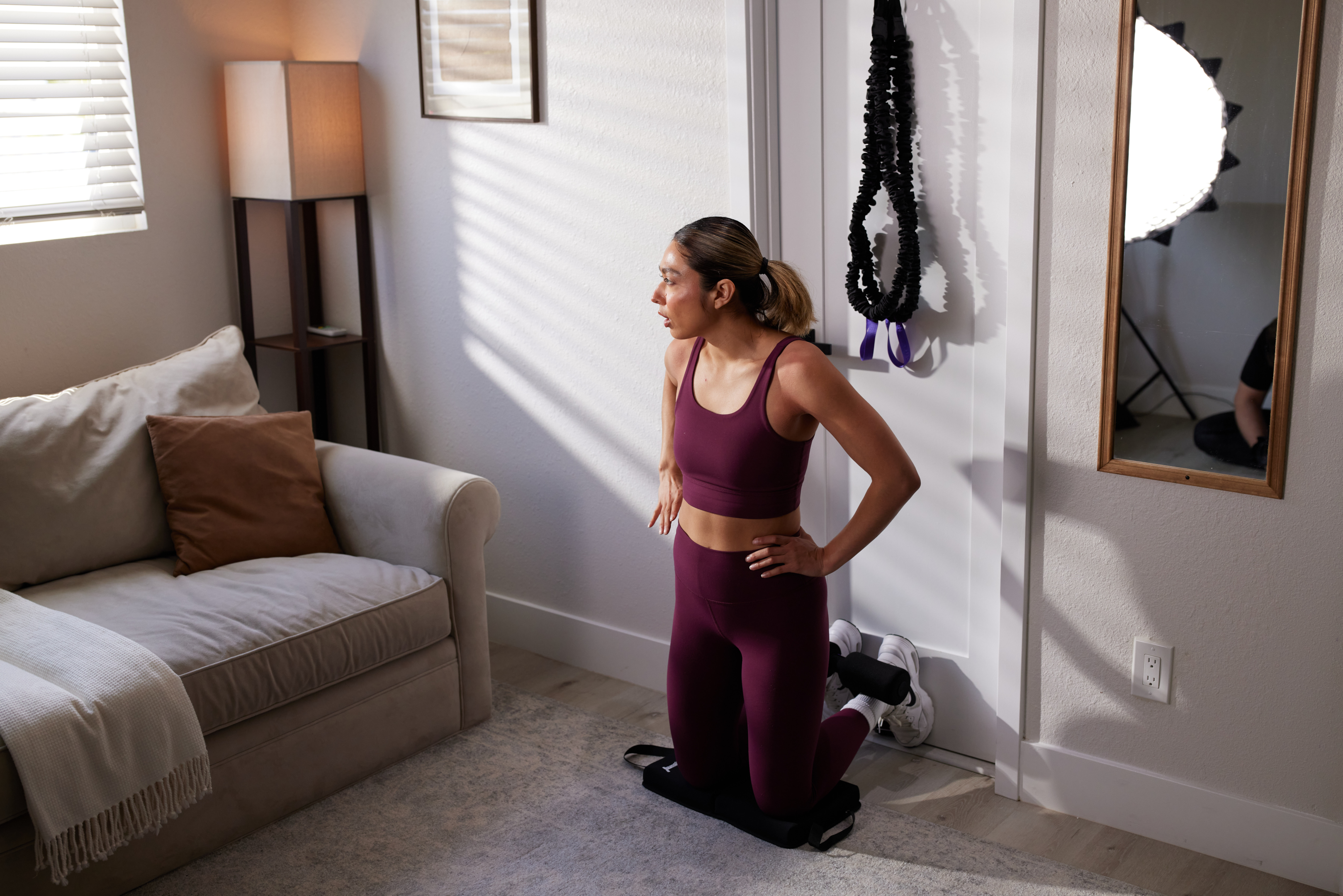
Conclusion
The Nordic curl is a challenging but highly beneficial exercise that strengthens the hamstrings, improves neuromuscular efficiency, and helps prevent injuries. It’s a fantastic addition to any fitness enthusiast’s routine, particularly for those looking to enhance their lower body strength, improve their sprinting ability, and protect against common leg injuries.
Whether you're a seasoned athlete or just starting out, incorporating Nordic curls can make a significant difference in your physical capabilities and resilience.
Stay tuned for our next post, where we will explore the latest research on injury prevention with Nordic curls and introduce some simple variations that can help you tailor the exercise to your specific fitness goals. Until then, happy curling, and remember to focus on form and progression to get the most out of your Nordic curl experience.
What are Nordic Curls Good For?
Nordic curls are excellent for developing hamstring strength and enhancing the stability of the posterior chain, which includes the muscles along the back of your body from your heels to your upper back. This exercise primarily targets the hamstring muscles through eccentric muscle contraction—where the muscle elongates under tension.
This type of contraction is crucial for increasing muscle strength, improving hip extension, and reducing the risk of hamstring strains. Because of their intensity, Nordic curls are effective for injury prevention, particularly in sports that require sudden stops and starts.
What is the Difference Between a Hamstring Curl and a Nordic Curl?
The main difference between a hamstring curl and a Nordic curl lies in how the exercises are performed and which part of the hamstring muscles they target. A traditional leg curl, often done on a weight bench or with a resistance band, involves knee flexion where you curl the weight towards your buttocks while the upper legs remain stationary. This exercise primarily uses a concentric contraction where the muscle shortens.
In contrast, the Nordic curl starts from a tall kneeling position and requires you to slowly lower your body forward, using your hamstrings to control the descent. This movement puts significant emphasis on the eccentric phase of muscle contraction. Additionally, Nordic curls require more engagement from the core and involve more stabilization from the upper body, making it a more challenging bodyweight exercise compared to standard leg curls.
What are the Disadvantages of Nordic Curls?
While Nordic curls are highly beneficial, they also come with some disadvantages. First, they are quite challenging and may not be suitable for beginners or those with existing hamstring issues. The intensity of the eccentric contraction can be too demanding without proper progression and might lead to muscle soreness or injury if not performed correctly.
Another disadvantage is the need for a sturdy object or a partner to hold your legs in place, which can be a logistical challenge. Additionally, performing the exercise without adequate knee comfort or on a hard surface can be uncomfortable, emphasizing the importance of using a soft surface or padding under the knees.
How Difficult is a Nordic Curl?
Nordic curls are considered an advanced exercise due to the strength and control required to perform them correctly. The difficulty comes from having to use the hamstring muscles to control the entire lowering portion of the body against gravity, then pulling back up to the starting position using the same muscles. For many, managing the entire range of motion without falling forward can be challenging. Therefore, it's essential to start slow, possibly with partial ranges of motion or with assistance, and gradually build up to the full exercise as your strength and technique improve.
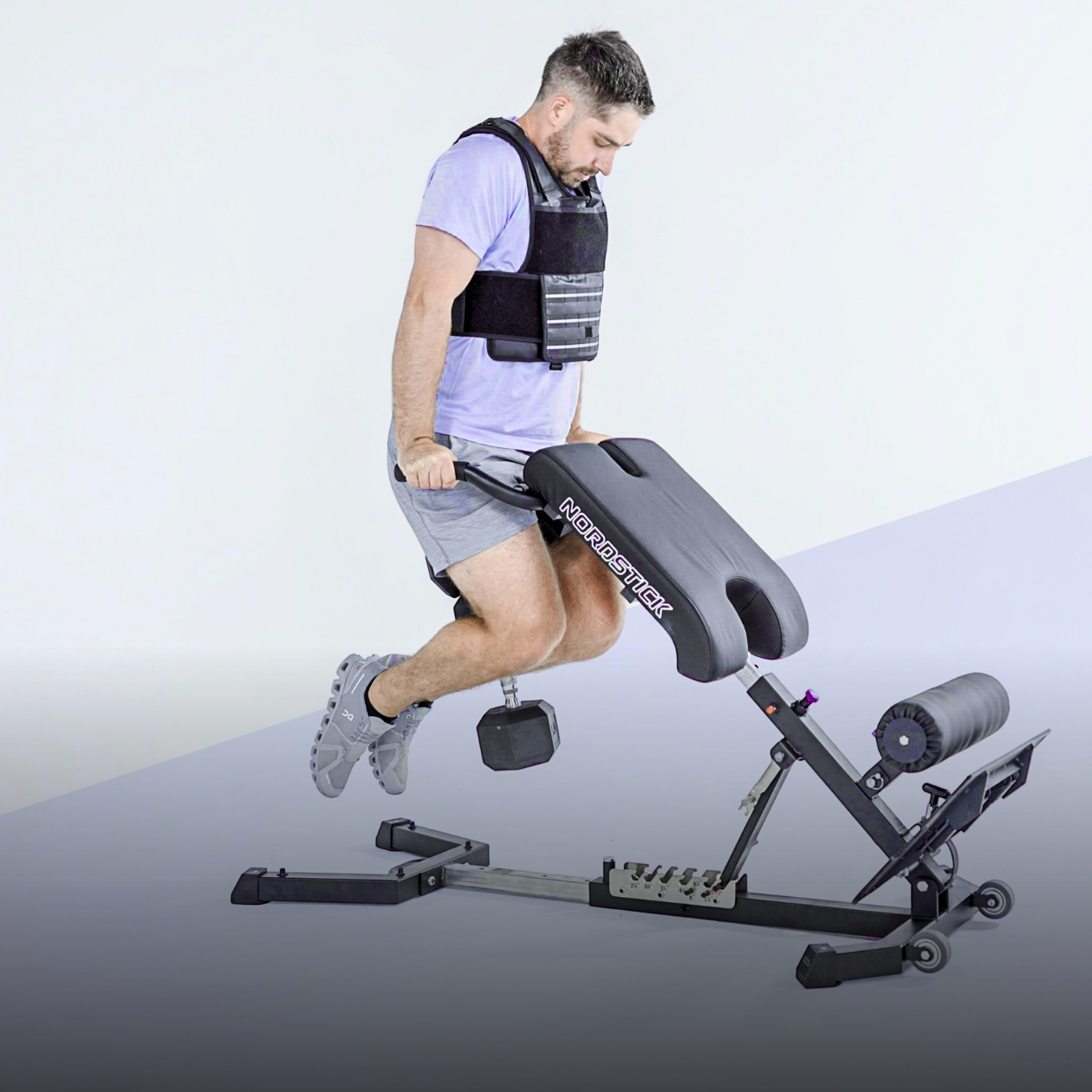
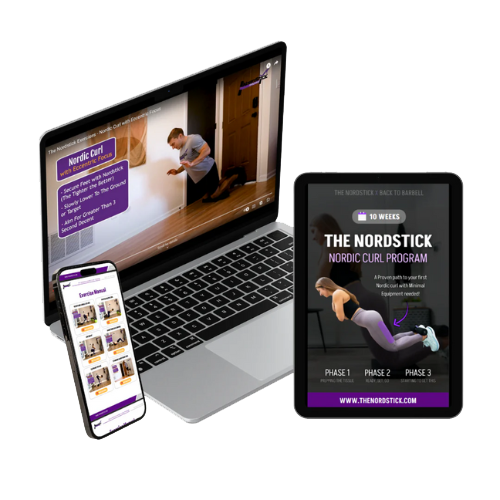
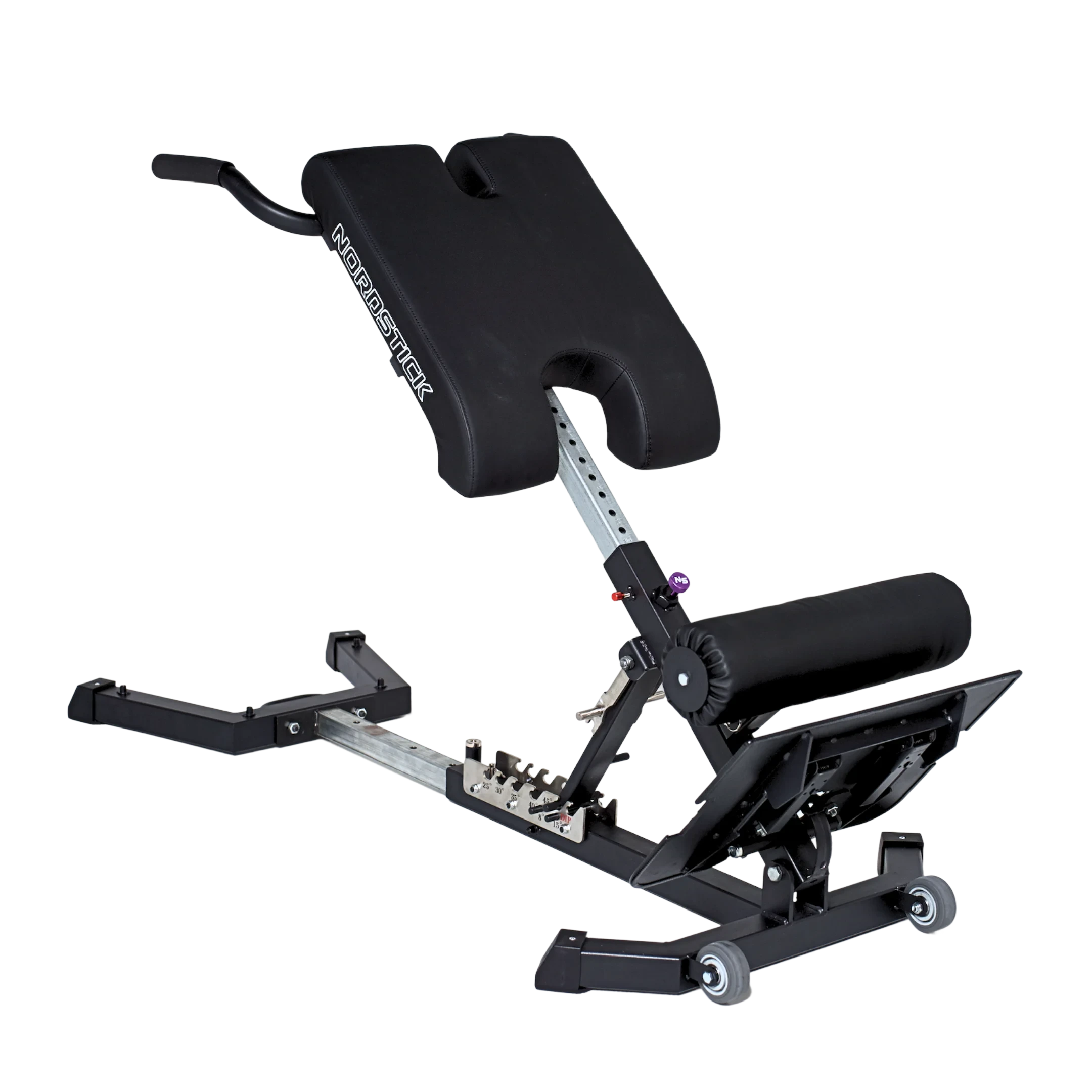
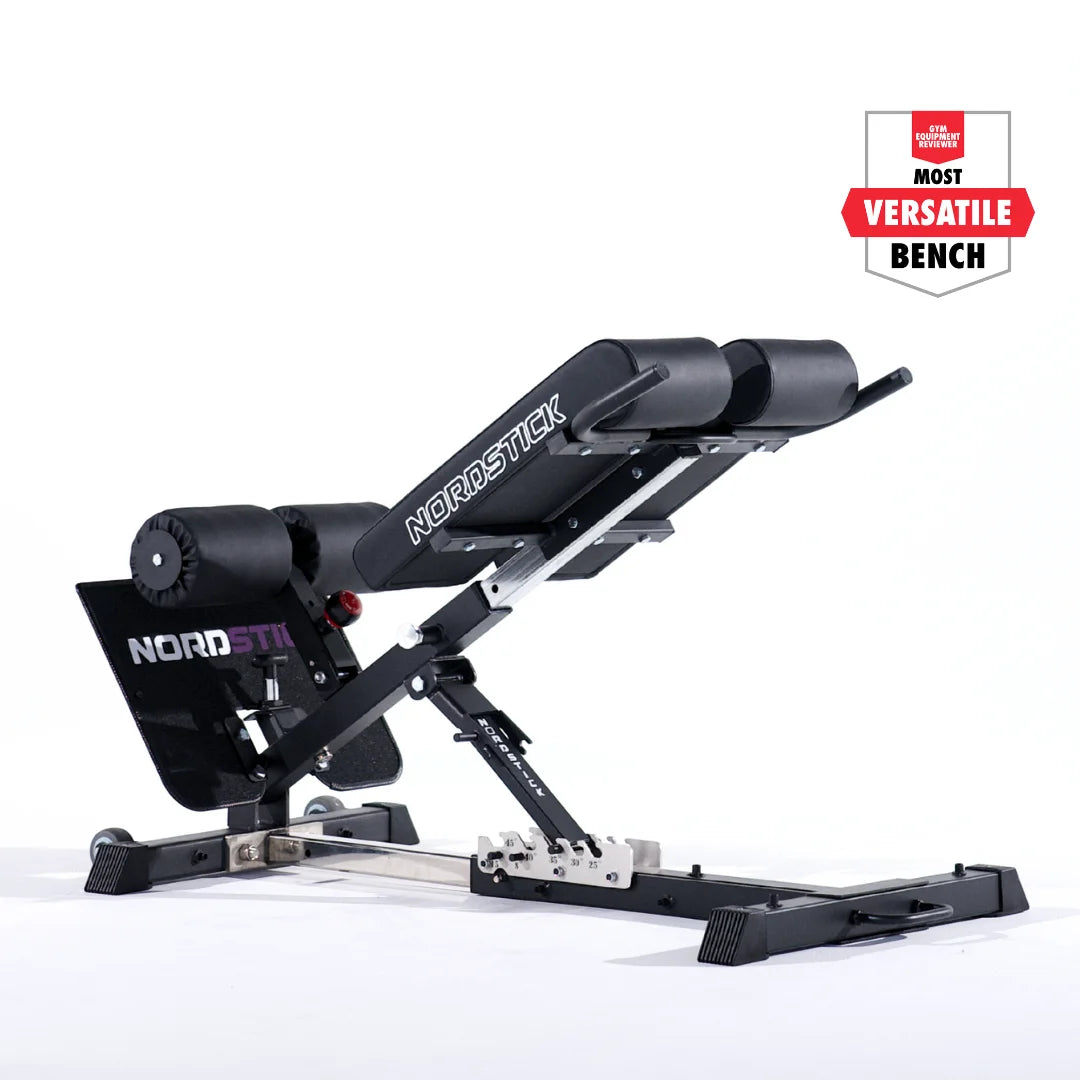





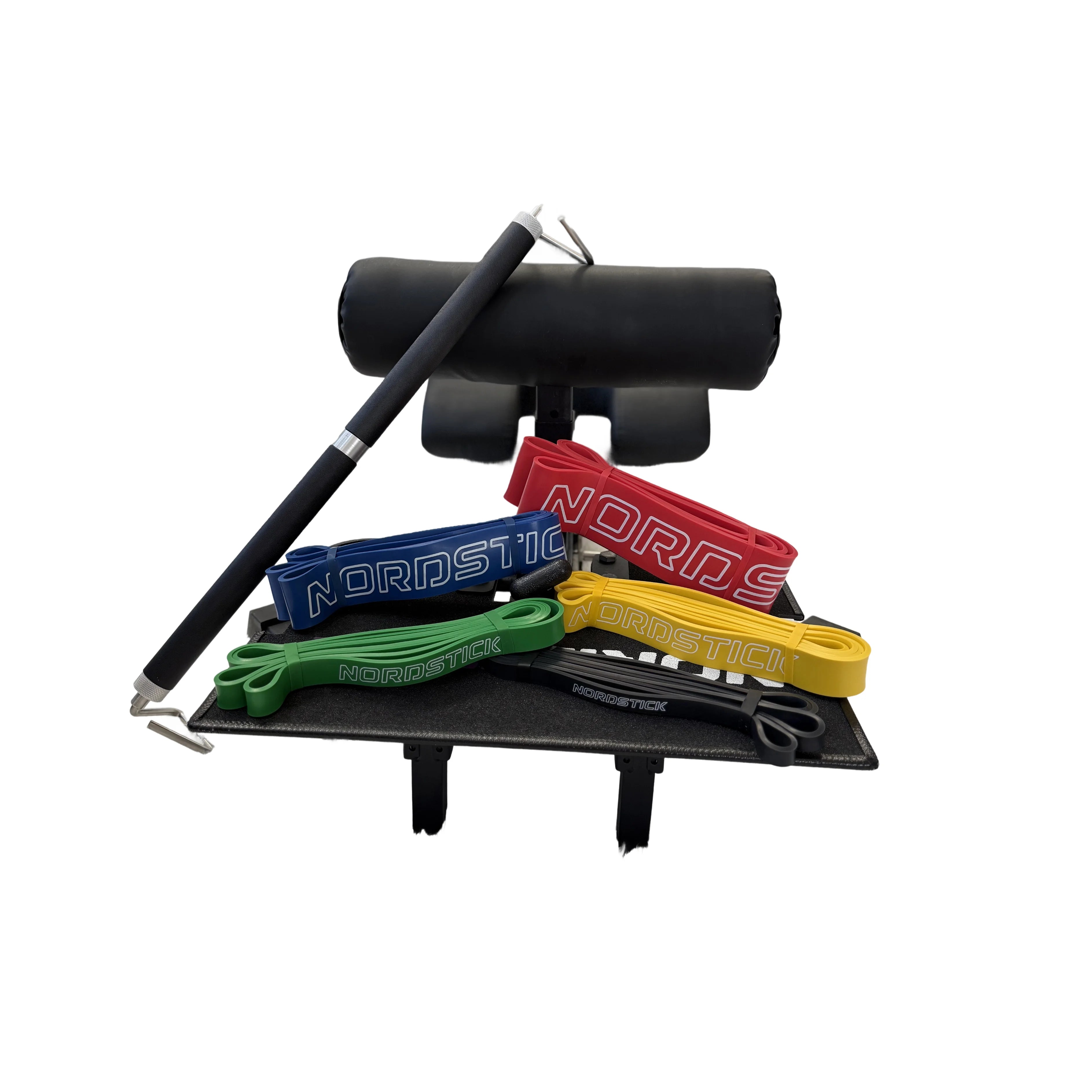

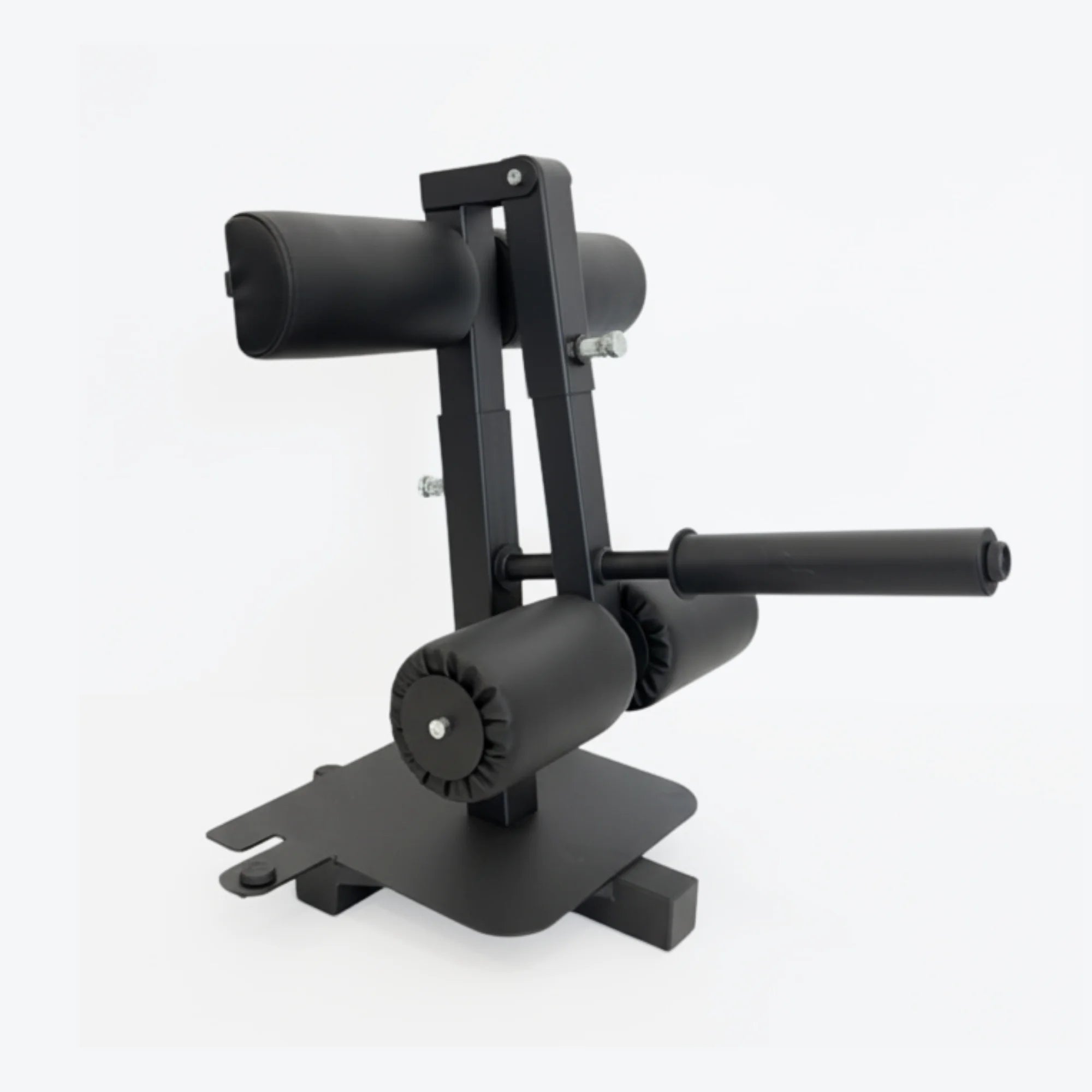
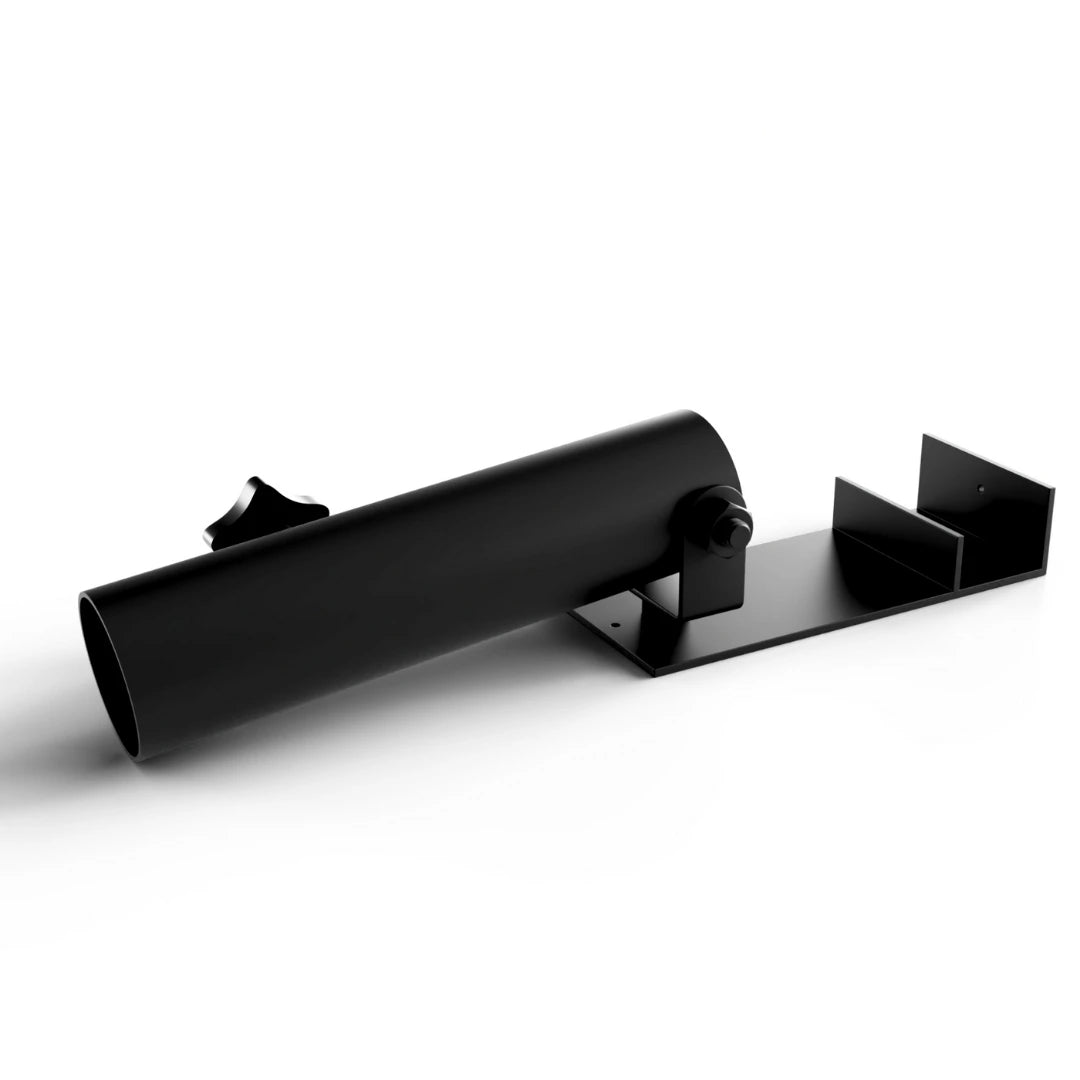
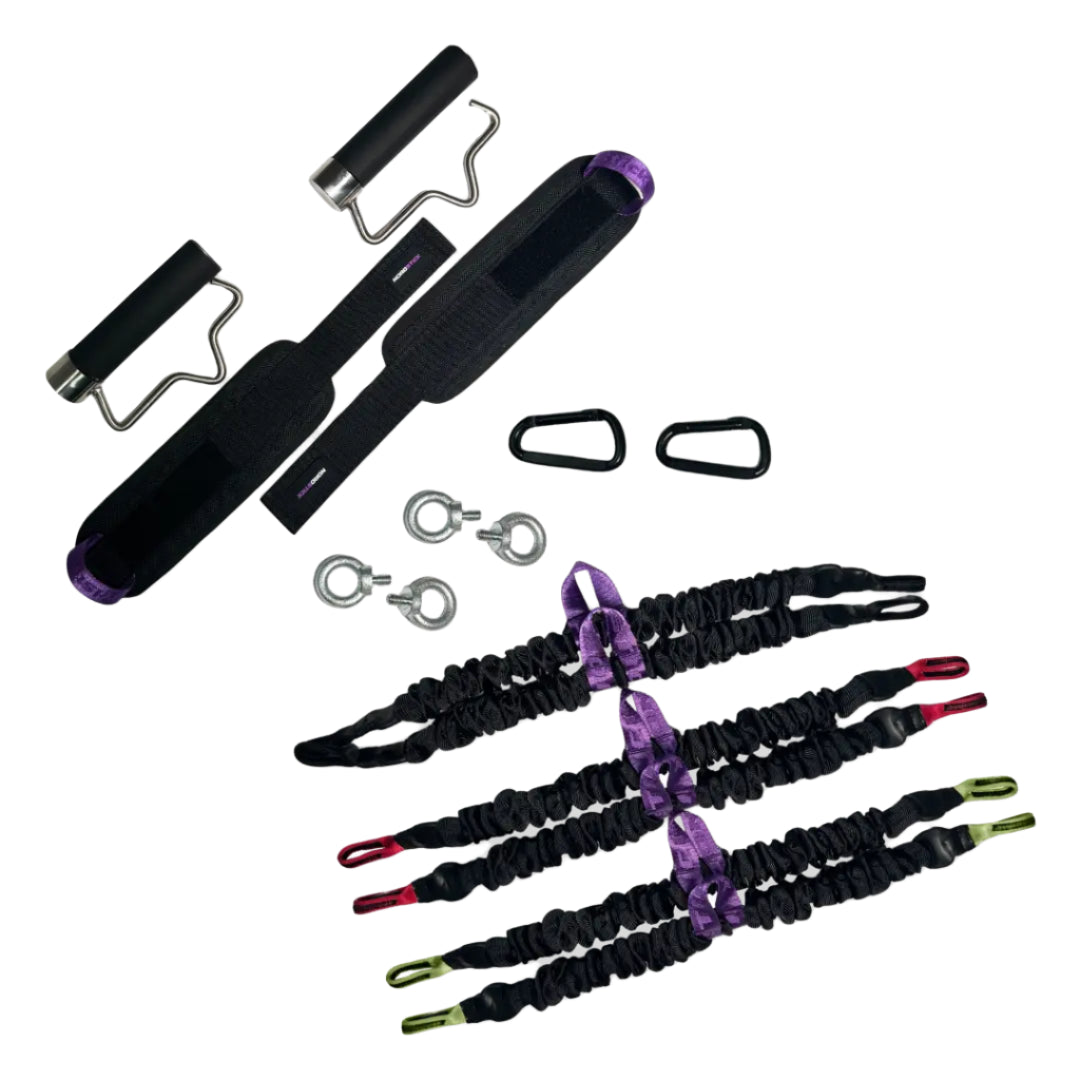
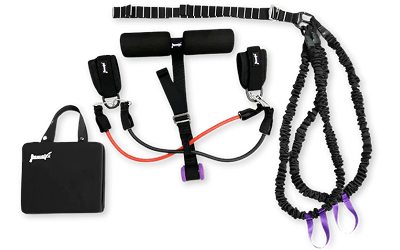
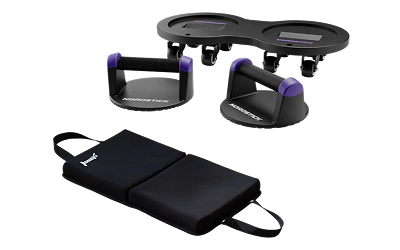
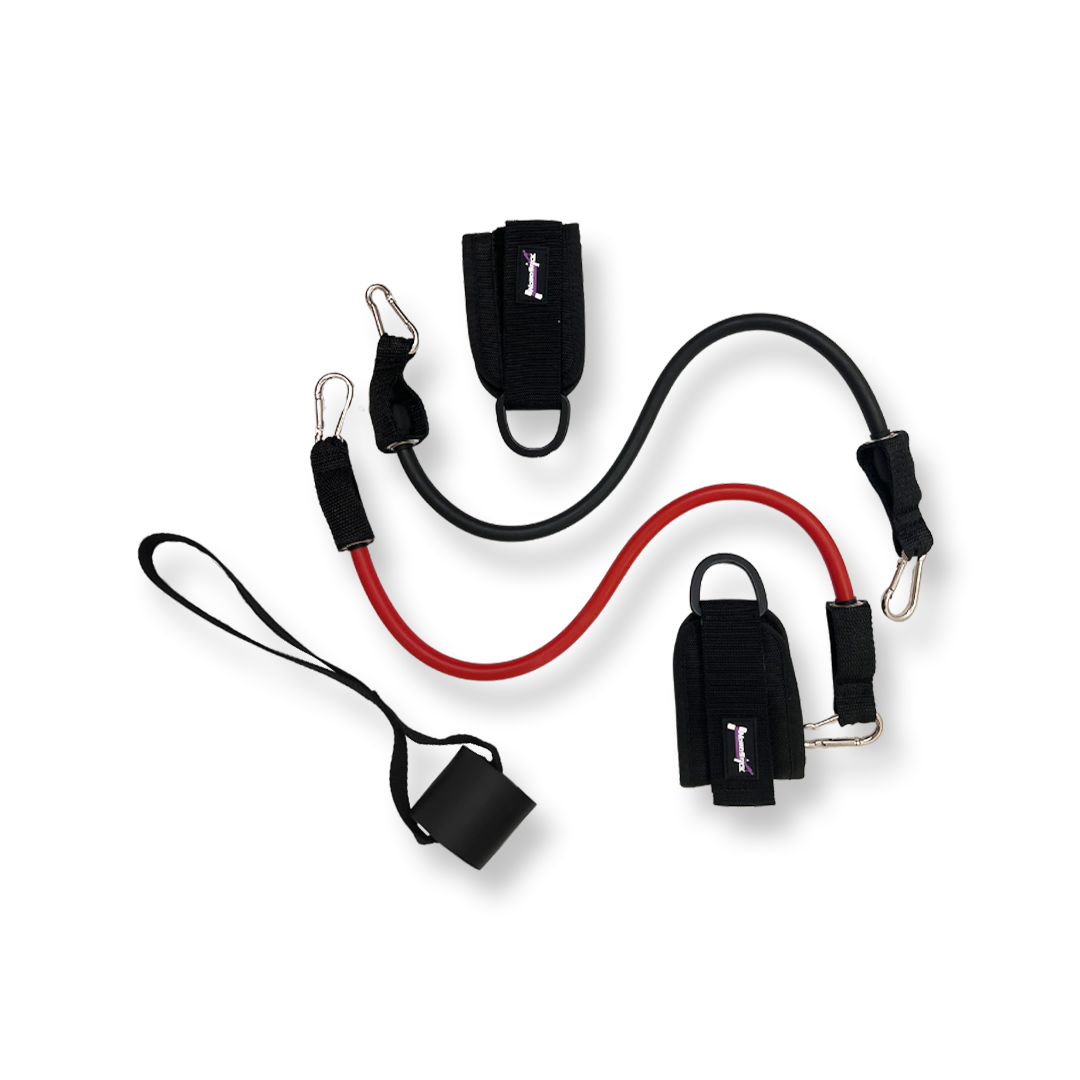
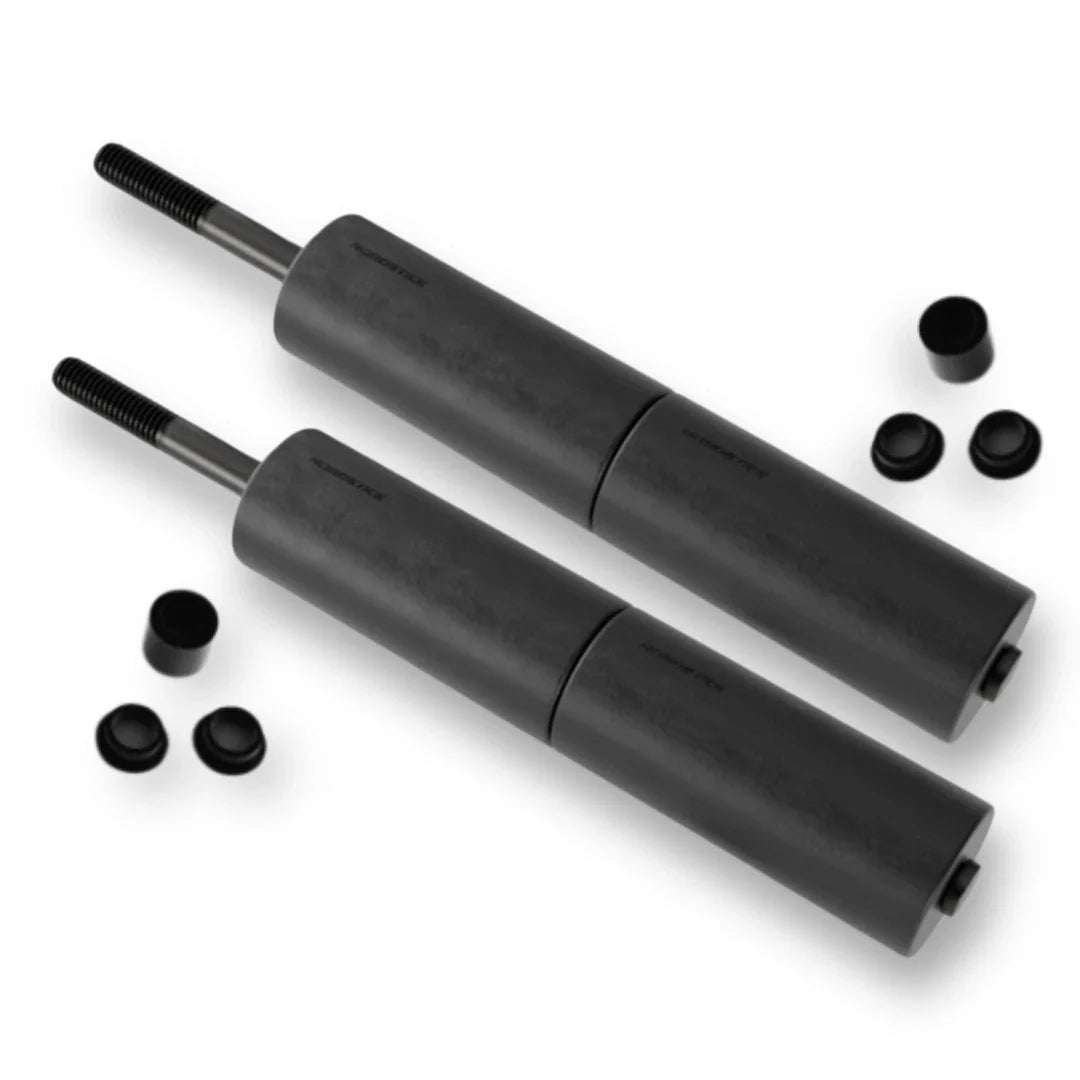
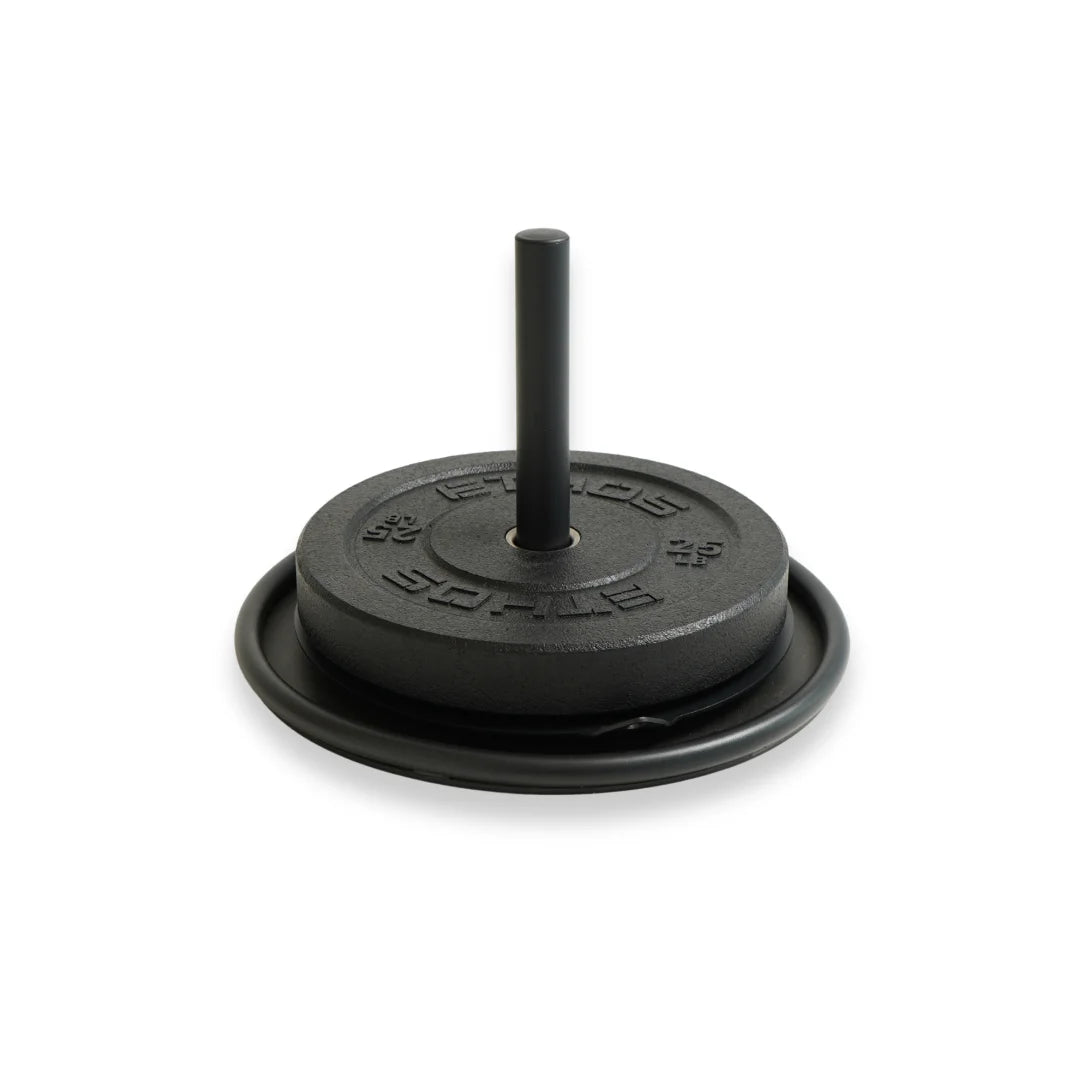
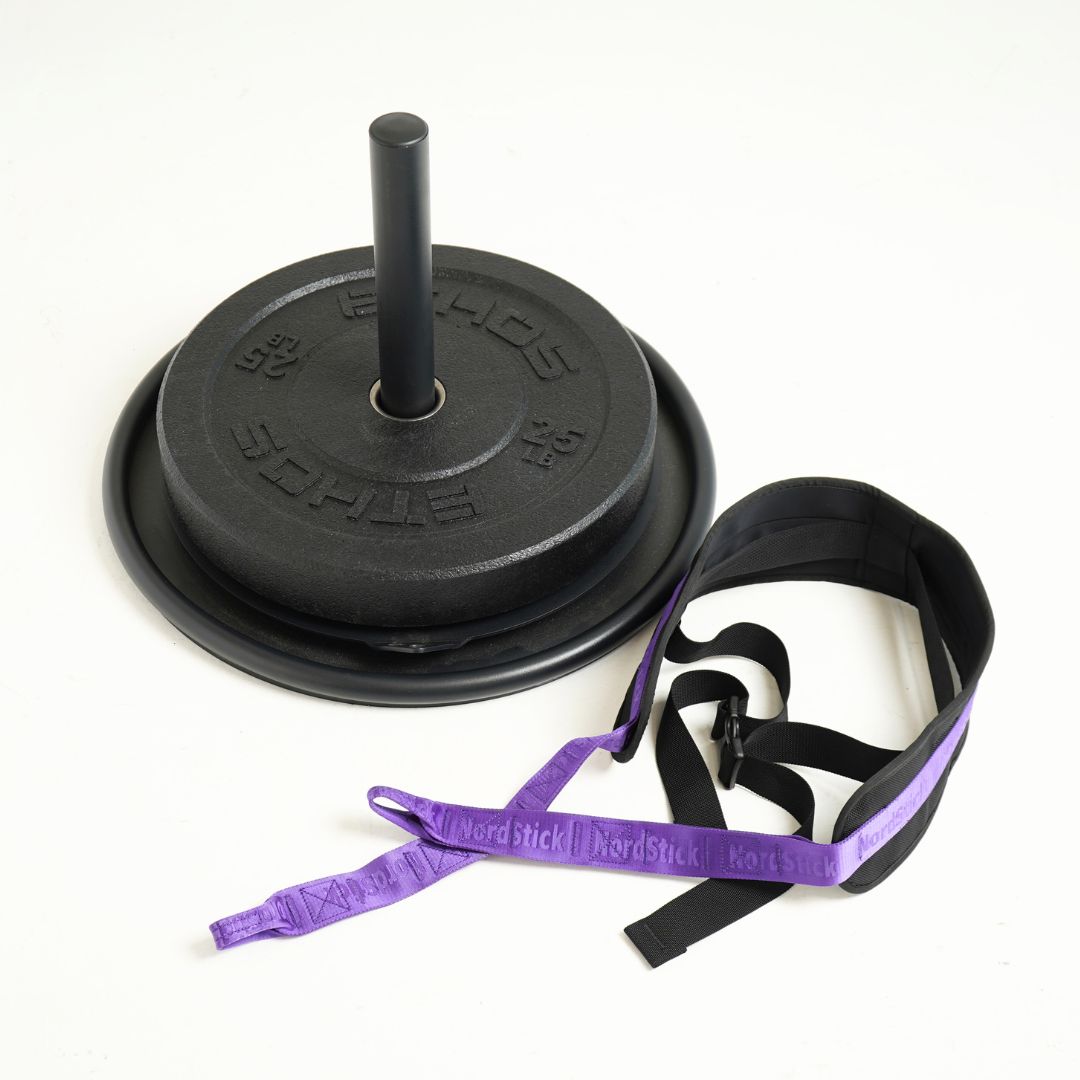
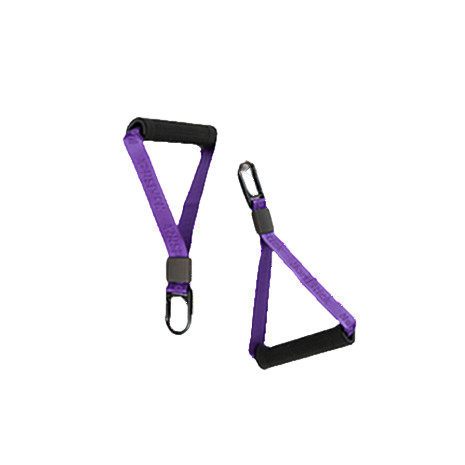

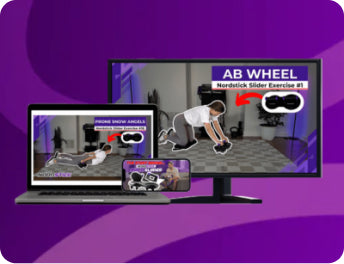
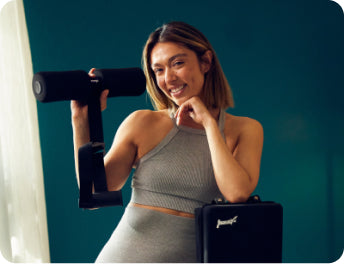


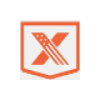

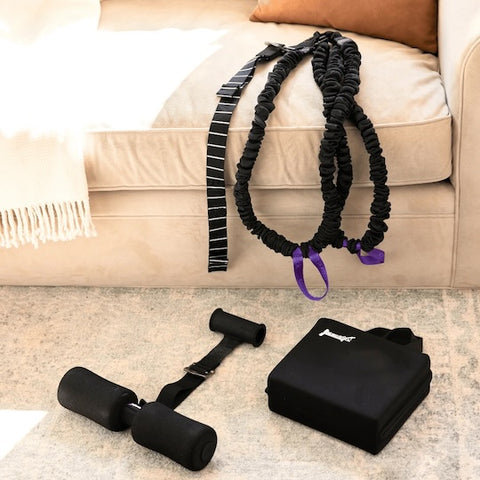
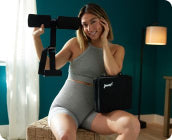
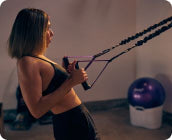
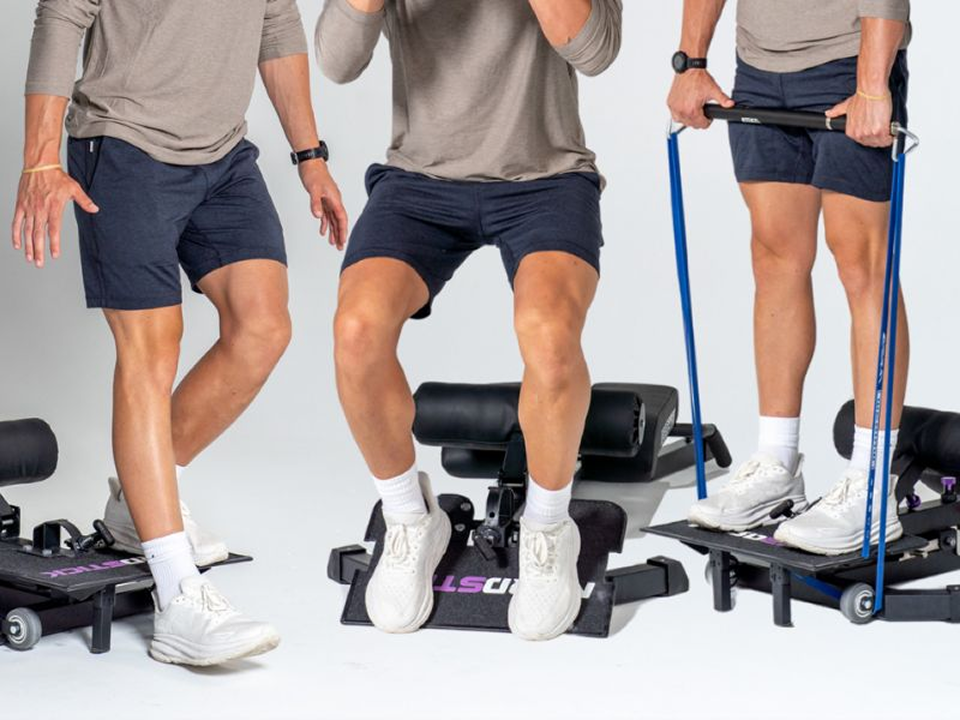
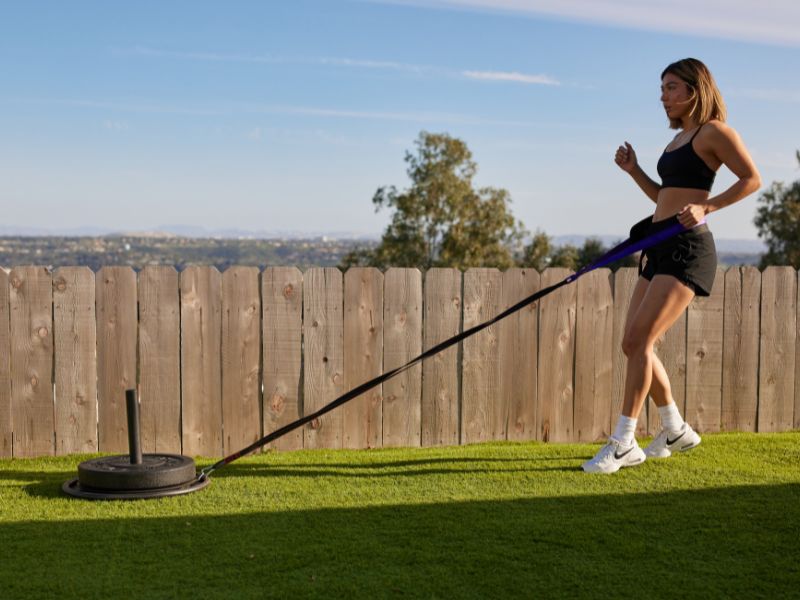
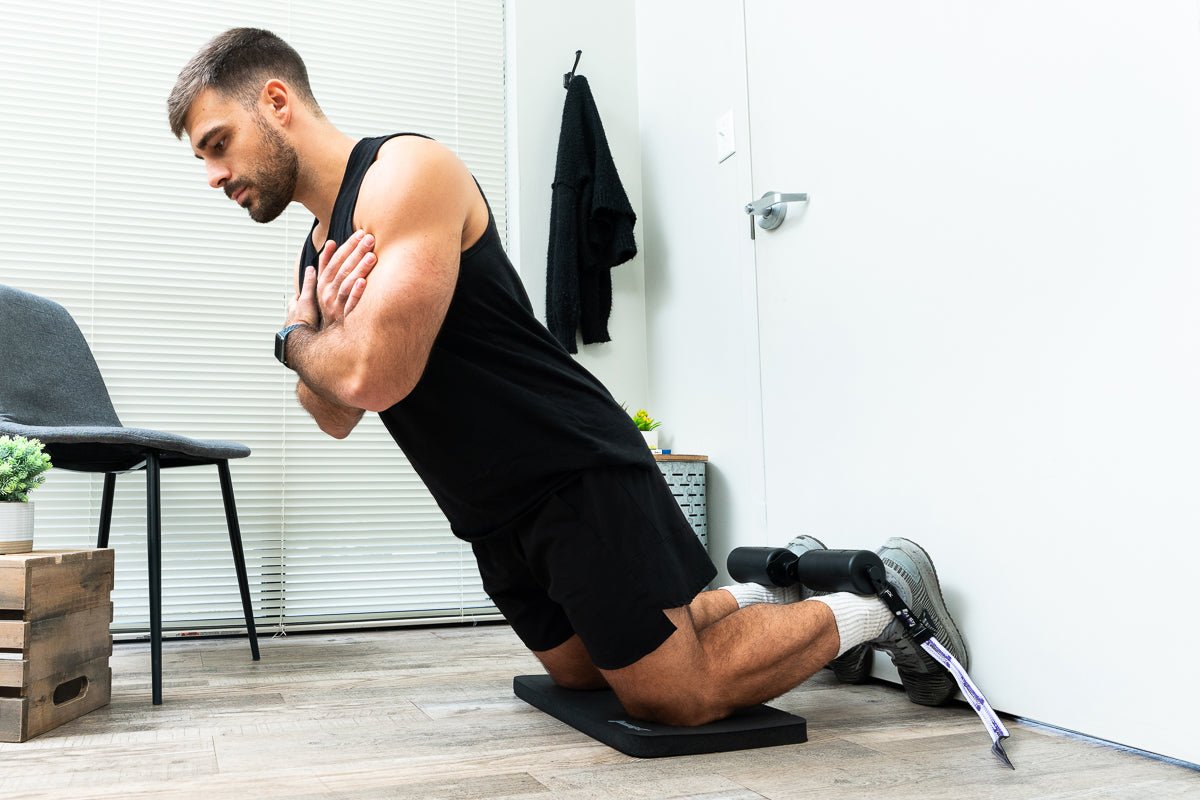


Leave a comment
This site is protected by hCaptcha and the hCaptcha Privacy Policy and Terms of Service apply.